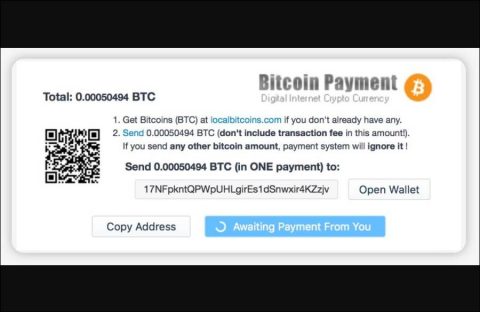Hey, PayPal: 2013 called. It wants its narrative back.
This week, the global payments giant announced it had begun letting users in the U.S. pay for things online with cryptocurrency. “We think it is a transitional point where cryptocurrencies move from being predominantly an asset class that you buy, hold and or sell to now becoming a legitimate funding source to make transactions in the real world at millions of merchants,” CEO Dan Schulman told Reuters.
Transitional is an apt word to describe the situation, especially for anyone using crypto with PayPal. Since last autumn, the company has been allowing customers to buy or sell bitcoin, ether and a few other coins, but not do much else with them – not even withdraw them from the platform, or deposit crypto they already owned.
Up to this point, the service was arguably just a way to gamble on the prices of these assets. Which, to be fair, is probably the most popular use case for crypto, at least among those people privileged enough not to need it to get transactions done.
You still can’t deposit or withdraw digital assets from PayPal, which undercuts the technology’s appeal as a way to put individuals back in control of their money in a world of unchecked asset seizures and involuntary bank bail-ins. But now you can at least use the service to buy stuff.
How many users will take advantage of the new feature? Notwithstanding Crypto Twitter’s usual hyperventilating, a modicum of skepticism is warranted, given this technology’s long struggle to catch on as a payment mechanism. And I say this having once believed (in the prehistoric days of 2013) that the payments use case would be a big part of bitcoin’s appeal.
Next Page: Bitcoin’s Age of Innocence.
Visits: 51




